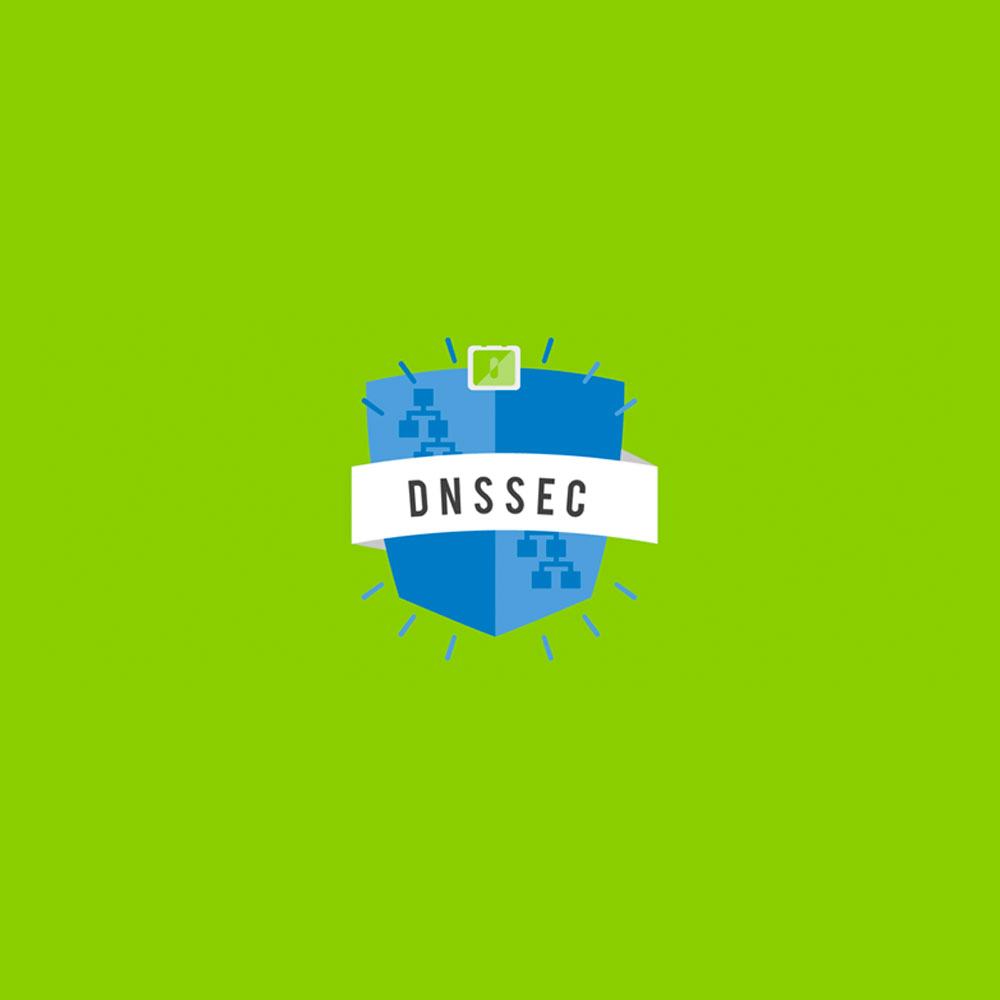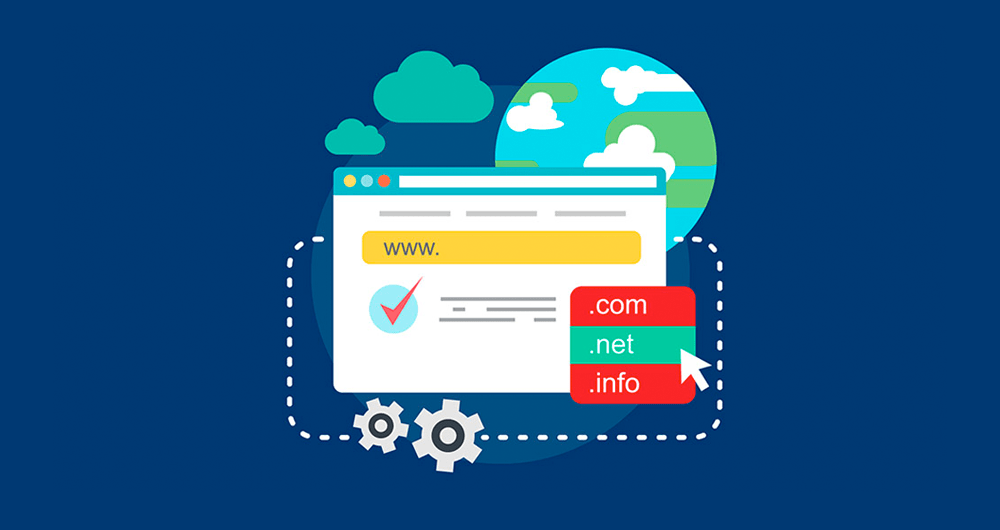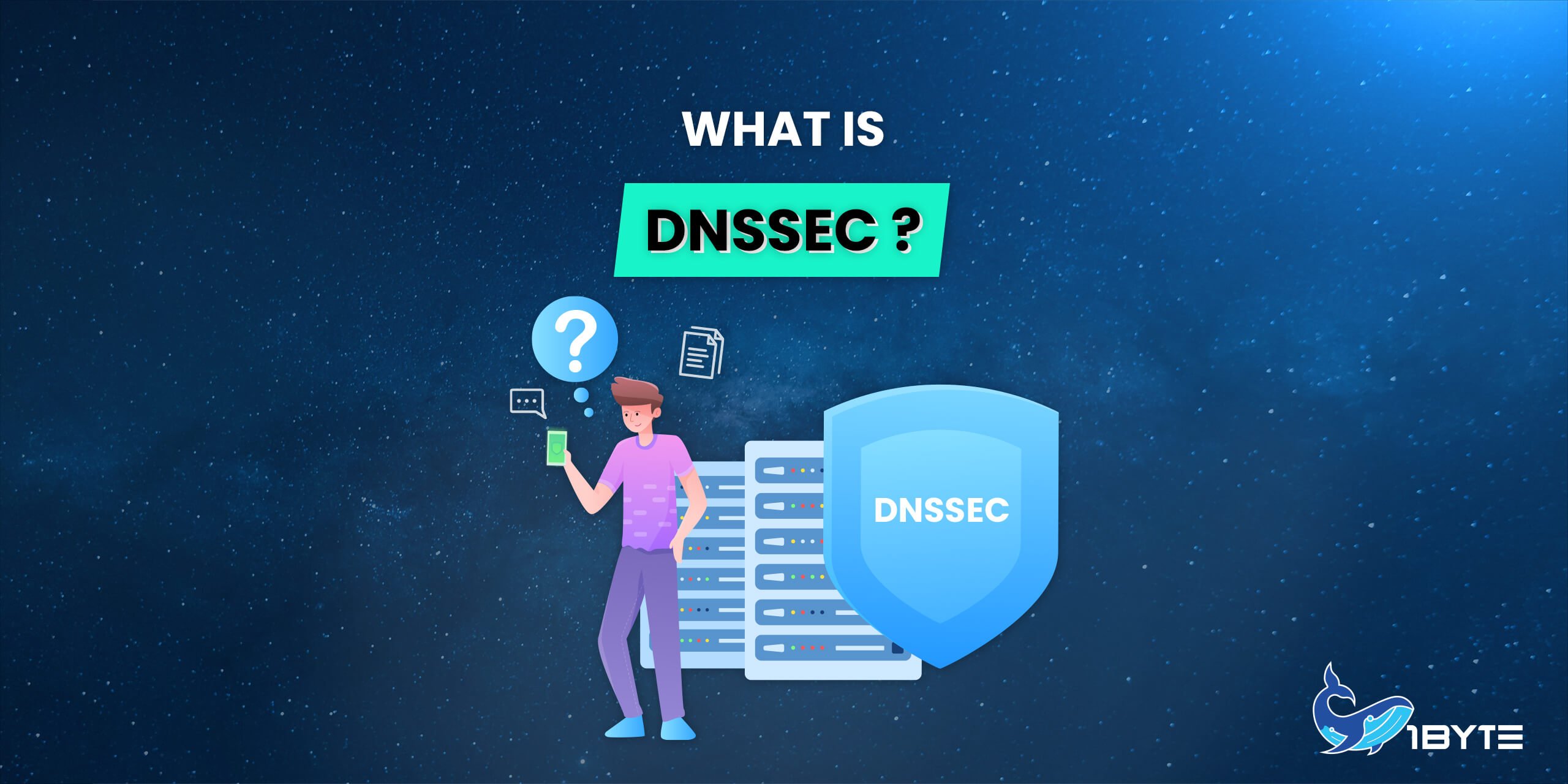Nameservers help connect URLs with the IP address of web servers. Nameservers are an important part of the Domain Name System (DNS), which many people call the “phone book of the Internet”. Let’s say you want to visit the OneByte homepage. On the surface, this action is simple: you type “onebyte.xyz” into your browser’s address bar and you see the OneByte homepage.
Easy, right? But behind the scenes, the high-level process actually goes something like this:
- You type “onebyte.xyz” into the address bar and hit enter
- Your browser sends a request to that domain’s nameservers
- The nameservers respond back with the IP address of the website’s server
- Your browser requests the website content from that IP address
- Your browser retrieves the content and renders it in your browser
What Is DNSSEC?
It stands for Domain Name System Security Extensions. DNSSEC is a set of protocols that add a layer of security to the domain name system (DNS) lookup and exchange processes, which have become integral in accessing websites through the Internet.

What Is Nameserver?
To summarise, the phonebook of the Internet is the Domain Name System (DNS). Domain names like espn.com or the new york times.com are used by people to access information online. Through Internet Protocol (IP) addresses, web browsers may communicate. In order for browsers to load Internet resources, DNS converts domain names to IP addresses.
What Is DNS Template?
- Is a predefined format of a DNS zone. Templates can be used to create a specific record configuration and apply it to multiple domains within your account profiles. This saves you the trouble of configuring the same record set across all your domains manually. Any changes made to the template will simultaneously affect all the domains to which the template has been applied.
- Please note that. If you need a slightly different configuration, you can elect to import the records from the template and alter them on a per-record or domain basis without affecting the rest of the domains the template is applied to
What Is Dynamic DNS?

- Dynamic DNS or DDNS is a feature that allows pointing a domain name to any IP (static or dynamic), keeping DNS records automatically up to date when an IP address changes. So, the domain remains connected to the corresponding server. For example, you have a server at home and host a website on your computer
→ The IP of your computer is also the IP of your website as well as the IP of your network is the IP of your Server
- So, if you don’t set your computer to have a static IP, then each time you reconnect to the Internet, the IP of your computer changes (also your website’s IP changes). As a result, the server cannot recognize your website due to the changing of IP
→ The solution is that you can set up Dynamic DNS for your domain
What Is a Personal DNS Server?
- Sometimes, they can be called Private DNS servers. Allowing you to register your private nameservers. When you get a Private DNS server, it will be linked with our network and web interface. The Server will be managed and supported by our system administrators and you will be able to manage all your domains via our web interface.
- For example, If you purchased the domain name yourdomain.com, Normally, The IP address of the domain name will point to the hosting provider’s nameserver with some limited features. But what if you have your own nameserver such as ns1.yournameserver.com, ns2.yournameserver.com and you unlock all the features of the domain nameserver. Managing domain names will become easier than ever. At the same time, your brand name is also up to the next level. Everything has your brand name!
Once you have your nameservers registered, please do not forget to create the corresponding A records for them in your domain name zone file. This can be done in the DNS or Zone Management menu of your hosting control panel. You might need to contact your hosting company for assistance with setting up the records.
How does DNS work?
It is helpful to have a fundamental understanding of the Domain Name System (DNS) in order to understand Domain Name System Security Extensions (DNSSEC) (DNS).
The DNS is essential to the smooth operation of the Internet. Every time a user accesses a website, sends an email, or retrieves a picture from social media, the DNS is used to convert the human-friendly domain names (like icann.org) into the IP addresses (like 192.0.43.7 and 2001:500:88:200::7) required by servers, routers, and other network equipment to direct traffic across the Internet to the correct location.
The DNS is the first step in using the Internet on any device. Think about what happens, for instance, when a user types a website’s name into their phone’s browser. The browser starts the process of converting the domain name of the website into an Internet Protocol (IP) address using the stub resolver, which is built into the device’s operating system. A stub resolver is a very basic DNS client that forwards an application’s request for DNS information to a recursive resolver, a more sophisticated DNS client. In order to respond to DNS requests or queries issued by devices on their network, many network operators deploy recursive resolvers.
Why Do We Need DNSSEC?
Because only DNS (Domain Name System) itself is not secure. DNS was designed in the 1980s when the Internet was much smaller, and security was not a primary consideration in its design. As a result, when a recursive resolver sends a query to an authoritative name server, the resolver has no way to verify the authenticity of the response. The resolver can only check that a response appears to come from the same IP address where the resolver sent the original query.
But relying on the source IP address of a response is not a strong authentication mechanism, since the source IP address of a DNS response packet can be easily forged, or spoofed. Therefore, an attacker can easily masquerade as the authoritative server that a resolver originally queried by spoofing a response that appears to come from that authoritative server. In other words, an attacker can redirect a user to a potentially malicious site without the user realizing it.
The Pros and Cons of DNSSEC
The Pros
Help protect registrants’ brands and customers
Adding protection layer against MITM attacks, DNS spoofing, cache poisoning, …etc
Increasing trust for online activities such as e-commerce, VoIP, …etc
The Cons
Added complexity both on the client and server-side
Limited support from TLD and DNS servers
- Additional costs in the event that you move from managing your own DNS to managing DNS provider to reduce complexity
Summary: Unlike HTTPS, which actually encrypted web traffic, DNSSEC simply allows DNS servers to identify and turn away potential malefactors.
Conclusion
In conclusion, DNSSEC, or Domain Name System Security Extensions, is a vital technology that fortifies the infrastructure of the internet. By providing a robust layer of security through digital signatures and cryptographic authentication, DNSSEC safeguards against various forms of cyber threats, such as DNS cache poisoning and man-in-the-middle attacks. This technology ensures the integrity and authenticity of the DNS data, giving users the confidence that they are accessing the intended websites and services.
While the implementation of DNSSEC has seen widespread adoption over the years, there is still room for improvement and expansion. As cyber threats continue to evolve, DNSSEC’s role in maintaining a trustworthy and secure internet becomes increasingly significant. Internet stakeholders, including domain registrars, DNS operators, and end-users, should continue to promote and support DNSSEC to enhance the overall security and resilience of the online ecosystem.
In an age where digital trust is paramount, DNSSEC stands as a critical component in the efforts to create a safer and more reliable internet experience for users worldwide. Its adoption and continuous development are essential for maintaining the integrity of the Domain Name System and preserving the foundation of our interconnected digital world.

